
Discover the fascinating world of Samurai helmets, known as Kabuto, that played a crucial role in feudal Japan. These iconic pieces of armor not only offered protection but also showcased the artistry and craftsmanship of their makers. In this article, you’ll explore the unique features of the kabuto, from its functional design elements to its rich historical significance.
As you read on, you’ll uncover the balance between protection and practicality that Samurai warriors had to navigate while wearing these helmets. From their impressive ability to provide vision and breathability to the potential risks posed by combat, the Kabuto stands as a symbol of bravery and artistry. Get ready to immerse yourself in the captivating journey of Samurai armor and its place in history.
Historical Overview of Samurai Armor
The Evolution of Samurai Armor
Samurai armor underwent significant evolution over the centuries, mirroring changes in warfare, technology, and societal structures in Japan. Initially, samurai warriors donned simple leather or cloth armor in the 8th century, which offered minimal protection yet allowed for mobility. As battles became more complex, so did the armor. By the 12th century, iron plates began to be integrated, forming the iconic lamellar armor. This transition was not merely functional; aesthetics began to play a pivotal role, creating beautiful yet lethal ensembles that made warriors stand out on the battlefield.
Importance of Armor in Feudal Japan
In feudal Japan, armor carried substantial importance beyond just protection. It symbolized status and power, with family crests and unique designs that signified allegiance and rank. The armor was treated with reverence, often being passed down through generations, serving as a family heirloom. Additionally, wearing armor wasn’t just a practical defense mechanism; it was a statement of identity and honor, essential to the samurai’s bushido code, which emphasized loyalty, courage, and righteousness.
Comparative Analysis with Other Cultures
When you compare samurai armor with that of other cultures, such as the medieval European plate armor or the Persian chainmail, you’ll find both similarities and differences. Like samurai armor, European armor was designed for protection but typically prioritized weight and bulkiness over mobility, especially in mounted combat. In contrast, samurai armor emphasized lightweight materials and design flexibility. The artistry of samurai armor, with its bright colors and intricate designs, also set it apart, reflecting the unique cultural values of Japan.
The Kabuto: Structural Design
Materials Used in Kabuto Construction
The kabuto, or samurai helmet, is a remarkable piece of craftsmanship, made from a variety of materials. Traditionally, iron was the backbone of kabuto construction, providing formidable protection against blows. However, it wasn’t just about raw strength; copper and brass were also used for decorative elements, while leather and silk contributed to comfort and fit. Craftsmen meticulously treated these materials, ensuring that the kabuto was not only sturdy but also visually captivating.
Distinctive Features of Different Styles
The kabuto comes in various styles, each with distinctive features that reveal the era and identity of its wearer. For example, the “Munenori” style is identifiable by its unique bowl shape, while the “Kabuto with Shikoro,” a flaring neck guard, adds extra protection and an ornate flourish. Some kabuto featured an elaborate crest or “maedate” at the front, representing the family’s heritage or a significant symbol. The diversity among kabuto styles illustrates the creativity and individuality prized in samurai culture.
Types of Kabuto: From Simple to Ornate
Kabuto can range from simple, utilitarian designs to extravagant masterpieces. The “Tachi” kabuto, often simpler, was more focused on functionality and was typically worn in earlier periods. As the samurai class evolved, so too did their armor. The “Kozane” kabuto with multiple overlapping plates became more popular, often adorned with elaborate motifs and family crests. The ornate kabuto was not just for protection; it was a work of art meant to instill fear in opponents while evoking pride in the wearer.
Symbolism and Artistry in Kabuto

Cultural Significance of Helmets
The kabuto is more than just a piece of armor; it holds deep cultural significance in Japanese history. It symbolizes the samurai’s identity and is integral to the concept of honor. As a reflection of the samurai’s status, the kabuto often served as a personal emblem of a warrior’s strength and prowess. Wearing a kabuto was also a spiritual act, believed to offer protection not just in battle but also against evil spirits.
Emblems and Motifs: What They Represent
Every emblem and motif found on a kabuto carries meaning, often linked to the samurai’s lineage or personal achievements. For example, animals like the tiger or crane were popular symbols, representing strength and grace, respectively. The colors chosen for the kabuto also had significance; for instance, red was associated with courage, while black signified dignity and strength. These symbols were a proud declaration of the samurai’s values and honor.
The Role of Artisans in Crafting Kabuto
Behind every kabuto lies the skill of master artisans who dedicated their lives to perfecting this craft. These craftsmen weren’t merely technicians; they were artists. Each piece was meticulously shaped and embellished, often requiring years of training. Artisans paid close attention to detail, ensuring that each kabuto was not only functional but also a beautiful artifact. Their meticulous work contributed significantly to the legacy of samurai culture, blending practicality with exquisite artistry.
The Functionality of Kabuto
Balancing Protection and Visibility
One of the most significant challenges in designing the kabuto was achieving a balance between protection and visibility. The design needed to protect the wearer from blows while allowing for a clear field of vision. Features like the “mune” (bowl-shaped top) were crafted to provide the necessary cover without obstructing sightlines. This balance was crucial during battle, ensuring that samurai could remain aware of their surroundings even while armored.
Ventilation and Comfort Features
Comfort was essential in battle, and the kabuto was designed with ventilation in mind. Many kabuto featured small holes for airflow, preventing overheating during prolonged engagements. The interior was usually lined with soft materials, making it more comfortable for extended wear. This attention to comfort enhanced the effectiveness of the samurai in battle, allowing them to maintain focus and control amid chaos.
Defensive Innovations over Time
As warfare evolved, so did the kabuto’s design to incorporate new defensive innovations. During periods of heavy combat, modifications such as reinforced plates were added to enhance protection against arrows and strikes. The introduction of more advanced metallurgy allowed for lighter yet stronger materials, improving the overall efficacy of the kabuto. These innovations allowed samurai to face increasingly challenging opponents while maintaining their effectiveness on the battlefield.
Kabuto in Warfare
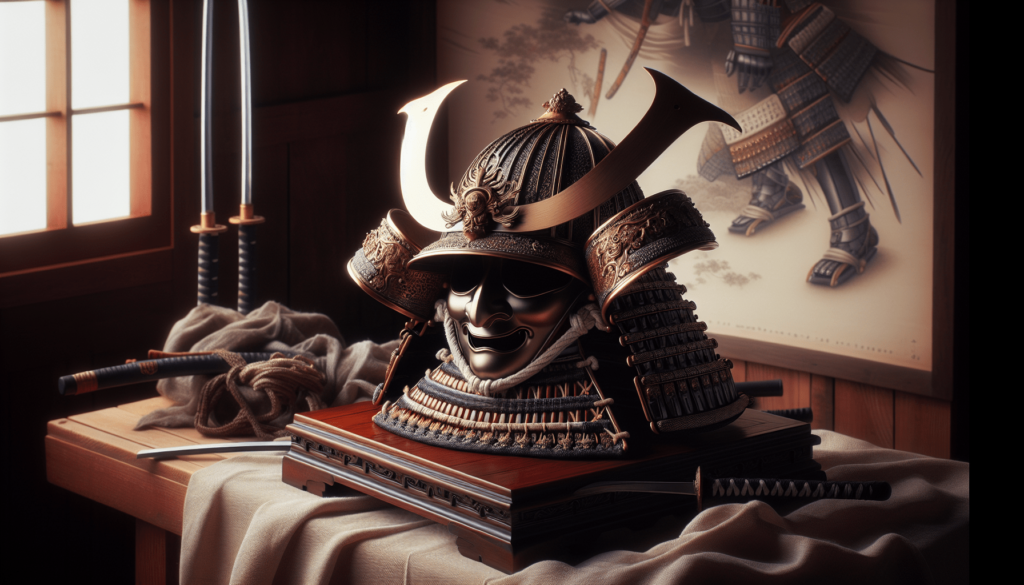
The Role of Kabuto in Samurai Battle Tactics
In warfare, the kabuto played a crucial role in a samurai’s tactical advantages. The impressive design could intimidate opponents while providing vital protection. Its ability to deflect blows meant that samurai could remain in the fray longer, engaging enemies with ease. The kabuto was also emblematic of the samurai’s readiness for battle, instantly recognizable on the field, which could sway morale in their favor even before the fighting started.
Field Tests: Real Scenarios of Kabuto Use
Historical accounts reveal many instances where the kabuto proved its worth in real combat scenarios. Battles in the Genpei War or during the Sengoku period often featured samurai whose kabuto became infamous for their fearlessness and artistry. You may find stories where the specific design of a kabuto saved lives, deflecting fatal blows. These narratives are a testament to the effectiveness and strategic importance of kabuto in ancient warfare.
Impact of Kabuto on Samurai Morale
The kabuto also significantly influenced samurai morale. Warriors donned their helmets with pride, their elaborate designs bolstering confidence and reinforcing camaraderie. Seeing a fellow samurai adorned with a beautifully crafted kabuto instilled a sense of unity and purpose. This shared identity fostered a strong collective spirit, essential in the heat of battle when every advantage counts.
Cultural Depictions of Kabuto
Kabuto in Japanese Cinema
In Japanese cinema, the kabuto often occupies a symbolic role, representing not just the samurai’s physical prowess but the deeper ideals of honor and sacrifice. Films like “The Last Samurai” or “13 Assassins” often feature stunning visuals of samurai warriors in their kabuto, enhancing the dramatic narrative and connecting audiences to the rich heritage of samurai culture.
Illustrations and Literature Featuring Kabuto
Kabuto has also found its place in Japanese literature and illustrations, where it serves as a recurring motif symbolizing bravery and duty. Classic works like “The Tale of the Heike” showcase the significance of samurai armor, notably the kabuto, highlighting moments of valor and sacrifice. These stories preserve the legacy of the samurai and their cultural context, resonating through generations.
Kabuto’s Influence on Modern Pop Culture
Today, the kabuto continues to impact modern pop culture, influencing everything from anime to video games. Characters in series like “Naruto” or “Samurai Champloo” often adopt the kabuto as a symbol of classic warrior aesthetics, showcasing its enduring appeal. Its rich history and elaborate design ensure that it remains a captivating element, bridging past and present cultures.
Taking Care of Kabuto
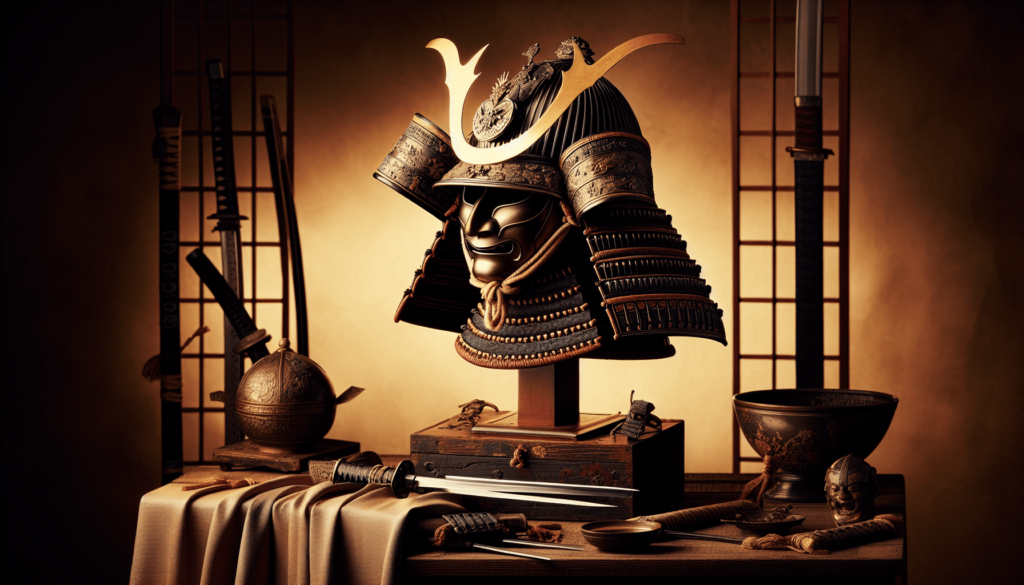
Maintenance and Preservation Techniques
Maintaining a kabuto is vital to ensure its longevity and condition. Regular cleaning with a soft cloth is recommended, along with the careful application of protective oils to prevent rust. When not in use, kabuto should be handled with care to avoid scratches and damage. If you own a kabuto, consider investing in a sturdy display case that protects it from dust and environmental conditions.
Restoration of Historic Kabuto
Restoring a historic kabuto requires an expert touch to preserve its authenticity. Restoration often entails repairing damage while maintaining as much of the original material and craftsmanship as possible. It’s important to engage a qualified conservator familiar with traditional techniques to ensure respect for the kabuto’s historical importance. As a collector or enthusiast, understanding the restoration process could enhance your appreciation of these artifacts.
Storage Solutions for Collectors
If you’re a collector, proper storage is essential to maintain the condition of your kabuto. Using a padded case or specially designed displays can offer protection while showcasing your collection. Additionally, consider keeping the kabuto in a climate-controlled area to prevent deterioration caused by humidity or temperature fluctuations. Having a strategy for storage will allow you to appreciate your collection for years to come.
Kabuto in Modern Times
Present-Day Use in Festivals and Events
Even today, kabuto finds its place in Japanese festivals and cultural events. Displayed during celebrations like the Boys’ Day Festival (Kodomo no Hi), kabuto symbolizes strength and protection for children. In these instances, families proudly exhibit kabuto as decorative pieces, embracing their cultural significance while ensuring the tradition remains alive in contemporary society.
Kabuto in Martial Arts Schools
Martial arts schools in Japan, and around the world, often incorporate kabuto in training sessions, teaching students about samurai culture and history. Wearing kabuto during practice helps students connect with the spirit of the samurai, fostering respect and discipline. Many martial artists regard the kabuto not just as an ornament but as integral to understanding the samurai way of life.
Collecting and Displaying Kabuto
If you’re interested in collecting kabuto, there are thriving communities and markets dedicated to this practice. Amateurs and serious collectors share knowledge about various styles, their history, and values. Displaying a kabuto can add elegance to any collection, with many collectors choosing to showcase them alongside related items like armor and weapons to create a holistic representation of samurai heritage.
Famous Kabuto Variants
Notable Samurai and Their Signature Kabuto
Throughout history, certain samurai have become renowned not only for their skills in battle but also for their distinctive kabuto. Take Takeda Shingen, for example, whose kabuto sported the iconic crescent moon design, symbolizing strategy and strength. By tracing the lineage of notable warriors and their kabuto, you can appreciate the deep connections between identity, culture, and aesthetics in samurai history.
Rare Kabuto Examples from History
Rare kabuto examples exist that represent unique historical narratives or craftsmanship. Pieces like the kabuto from the famous samurai Uesugi Kenshin, known for its intricate motifs and craftsmanship, are highly coveted among collectors and historians. Discovering and learning about these rare kabuto exemplifies the rich history saturating each piece, making them more than mere objects but vital links to Japan’s past.
Regional Variations Across Japan
Japan also showcases regional variations in kabuto design, reflecting local culture and traditions. For instance, the kabuto from the Kanto region often has different motifs than those from the Kansai region, showcasing a beautiful diversity that highlights regional craftsmanship. Exploring these variations provides an enriching experience, connecting you to different cultural narratives across Japan.
Conclusion
The Lasting Legacy of Kabuto
The kabuto remains a significant symbol of samurai culture, encapsulating the blend of functionality and artistry. Its legacy endures, connecting present and past, reminding us of the values of honor and courage inherent in the essence of the samurai. Collectors, enthusiasts, and scholars alike cherish it, ensuring the kabuto lives on as a treasured piece of history.
Relevance of Samurai Helmets in Contemporary Society
In contemporary society, the kabuto represents more than just a historical artifact; it epitomizes the ideals of resilience, honor, and craftsmanship. As you explore modern adaptations in various forms of media and cultural expressions, the kabuto serves as a bridge to understanding the profound impact of samurai culture on today’s world.
Final Thoughts on Preservation of Samurai Culture
The preservation of kabuto and samurai culture is an essential endeavor, both for the sake of heritage and the lessons they impart. Each kabuto tells a story of a bygone era, offering insight into the values that shaped Japan. By nurturing interest in these artifacts and sharing their stories, you contribute to ensuring that the spirit of the samurai continues to inspire future generations.



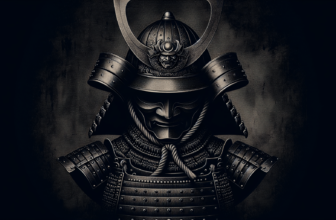
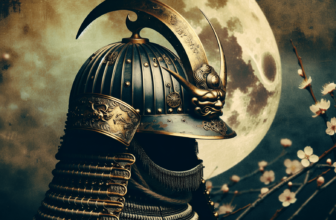
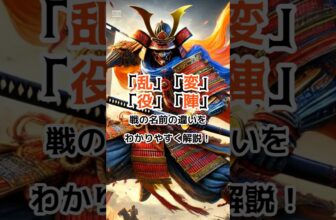
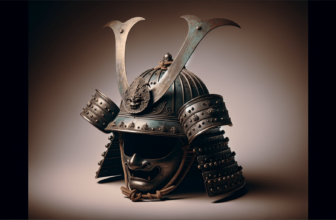

[…] samurai armor is a fascinating subject that combines both artistry and practicality. Designed for both protection and mobility, this distinctive armor incorporated small iron or leather plates tied together with silk or leather cords, allowing for impressive agility in battle. One of the most recognizable features of samurai armor is the kabuto, or helmet, which often boasted unique and intimidating designs intended to frighten opponents. […]
[…] also results in a stunning piece of art? If you love woodworking or just enjoy a good puzzle, the Kabuto Samurai Warrior Helmet Wooden 3D Puzzle might be right up your alley. This isn’t just any regular puzzle; it’s […]
[…] can you restore an old or damaged samurai helmet? It might seem daunting at first, but with the right guidance, you can breathe new life into this […]